Across the past couple of decades, Labradoodles have risen in popularity just about everywhere. With their cute teddy-bear features, strong intelligence, and outgoing natures, it’s not hard to see why. However, likely the most iconic thing about these gorgeous dogs is their long, curly or wavy hair. This has become such a part of the Doodle “brand” that it’s tough to imagine these dogs with any other kind of coat. But! It’s actually not all that uncommon for a Labradoodle to have straight hair.
Labrador Retrievers are just about as well known for their silken smooth hair as Poodles are for their corkscrew curls. And with a 50/50 gene split (one parent of each breed), your puppy has just as much chance of inheriting a straight coat as a curly or wavy one. However, straight-coated Labradoodles simply don’t get that much attention, but we’d like to fix that. So here is everything you could want to know about straight-haired Labradoodles.
Table of Contents
- Labradoodle Statistics
- Labradoodle Coat Types: A Quick Overview
- Straight-Haired Labradoodles
- Coat Changes – Puppy To Adult
- The Hypoallergenic Factor
- Should You Get A Straight-Haired Labradoodle?
- Frequently Asked Questions About Straight-Haired Labradoodles
Labradoodle Statistics
Breed: Hybrid cross between the Labrador Retriever and Poodle.
Weight: 50-90 pounds for Standard Labradoodle; 25-50 pounds for Medium Labradoodle, and 15-25 pounds for Mini Labradoodle.
Height: 20-26 inches for Standard Labradoodle; 17-20 inches for Medium Labradoodle, and 13-17 inches for Mini Labradoodle.
Coat Type: Medium to long, fluffy and shaggy. Can range from curly to wavy to straight.
Coat Colors: Apricot, red, black, chocolate, cream, tan, blue, silver, parti, tuxedo, sable, merle, phantom, brindle, and abstract.
Temperament: Intelligent, affectionate, playful, gentle, outgoing. Prone to separation anxiety.
Energy Levels: High energy.
Life Expectancy: 12-15 years.
Common Health Problems: Joint problems like hip and elbow dysplasia, patellar luxation, and cruciate ligament damage. Eye diseases including progressive retinal atrophy (PRA), retinal dysplasia, and cataracts. Ear infections, skin allergies and food allergies, gastrointestinal issues, hormonal diseases, and certain types of cancer in elderly Labradoodles.
Labradoodle Coat Types: A Quick Overview
As mixed breed dogs, there is no prototype “Labradoodle” that all other dogs of this kind resemble. You may have an idea in your mind of what to expect based on experience and cute pictures on the interweb. However, the truth is there can be quite a lot of variation in these dog’s coat types, as well as in a few other things. Even the experts can’t always predict quite what each puppy in a litter is going to look like.
The three possible Doodle coat types are as follows:
The curly/ wiry Poodle one – this is the much-in-demand “hypoallergenic” kind and is why these dogs exist in the first place. However, you should be aware that gorgeous those curls may be, but they are no piece of cake to care for, that’s for sure!
The straight/ silky Labrador one – this is the one often forgotten and often even bred against by inserting ever more Poodle genes into the mix. This hair might not be of the hypoallergenic, low-shed variety, but it’s a breeze to run a brush through!
A wavy/ scruffy combination of the two – this is the most common of the Doodle stylings, and the wave can range from slight to intense. A wavy coat is more likely to be low-shed, making it somewhat hypoallergenic, plus it’s pretty easy to maintain too!
Straight-Haired Labradoodles
Straight-haired Labradoodles (otherwise known as flat-coated ones) are more common than you might otherwise be led to believe. While many of the less reputable breeders will avoid the issue altogether, these dogs are out there, and (to us, at least) they are every bit as cute as their curly-haired cousins. However, with a few more Lab genes floating around, there are some ways these dogs are distinct, and it’s good to be aware of these.
Appearance
Flat-coated Labradoodles can look surprisingly like their Labrador parent. In fact, you may not be able to spot much of a difference until you get pretty close. Or they could have a lot of the appearance of a Poodle but with straight hair – who knows! As there’s no clear standard for these dogs, every single Labradoodle (even within a single litter) can end up being a wonderful, unique surprise to their doting adoptive parents. As the old saying goes: you never know what you’re going to get!
Size
While smaller-sized straight-haired Labradoodles do exist, they are significantly rarer than medium ones. The reason for this is that the Labrador is most often bred with Standard Poodles because they are more of a size. Although it is not unheard of to have a littler dad and a larger mom….
Smaller Labradoodles typically come into play in later generations when more diminutive Labradoodles are backcrossed with Miniature (and sometimes even Toy) Poodles. However, there are later-generation dogs with 50/50 gene splits too. These dogs stand a high chance of a flat coat. However, often parent dogs who produce these kinds of puppies aren’t often bred again because the demand for such Doods just isn’t there.
Generations
You may or may not be familiar with the different generations of Doodle. Most breeders will advertise various sizes and vague-looking letter/number pairs that can be pretty confusing. Once you know what to look out for, though, these aren’t so hard to decipher. They are to do with the parent dogs and help you understand what traits the puppies may inherit based on their genetic mix.
To break it down simply:
| 1st Parent | 2nd Parent | % Labrador Retriever* | % Poodle* | |
| F1 Labradoodle (first-generation) | Labrador Retriever | Poodle | 50% | 50% |
| F1B Labradoodle (first-generation backcross) | F1 Labradoodle | Poodle | 25% | 75% |
| F1BB Labradoodle (first-generation backcross backcross) | F1B Labradoodle | Poodle | 12.5% | 87.5% |
| F2 Labradoodle (second-generation) | F1 Labradoodle | F1 Labradoodle | 50% | 50% |
| F2B Labradoodle (second-generation backcross) | F1 Labradoodle | F1B Labradoodle | 37.5% | 62.5% |
| F2B Labradoodle (alternate cross) | F2 Labradoodle | Poodle | 25% | 75% |
| F3 / Multigen Labradoodle | F1B Labradoodle or higher | F1B Labradoodle or higher | Varies | Varies |
Paying attention to the generation of your new potential puppy is one of the best ways to work out what you might expect in terms of their coat. An F1 or F2 Labradoodle stands the highest chance of ending up with a flat coat. With successive generations (provided the dogs are crossed with Poodles), the chance should reduce quite significantly.
It pays to purchase your pup from a reputable breeder who can talk you through all of this with regard to their breeding dogs. They will also likely have previous litter pictures they can show you so you can know what your dog may end up looking like as they mature.
Cost
Generally speaking, you can look to pay somewhere in the vicinity of $1,500 to $2,000 for any Labradoodle puppy. That being said, you might find that the flat-coated kind are sometimes sold for a little less than their curly-coated counterparts. As we touched on above, sadly, these little loves aren’t quite as desirable to many who choose to adopt a Doodle. Often this is simply because people are looking for a low-allergen dog and are thus steered in the direction of the curly or wavy-coated puppies for this reason.
Grooming
With a straight-coated hound, you’ve struck it lucky in terms of hair care. These dogs need far less brushing than more Poodle-y Doodles. Think in terms of once-a-week grooming compared with daily! We tell you, those curls look cute, but they can hide a veritable horror of tangles beneath the top layer. While that may be news to make you yell “hurrah,” keep in mind that even low-care hair has its issues, in this case, shedding…
Labrador Retrievers tend to have double coats with a long light layer on the top and a shorter, denser one underneath. The latter serves to regulate their temperature and is shed on a fairly regular basis. Chances are your flat-coated Labradoodle has inherited this lovely feature too. Keep on top of all that loose hair with a well-designed brush, as well as hair hydrating shampoos and maybe even some anti-shed supplements in their food.
Coat Changes – Puppy To Adult
While the puppy coat can undergo significant changes as your Dood matures, it’s very unlikely to see a straight coat switch to curly or vice versa. In fact, you can often tell from quite a young age exactly what kind of coat you might expect from your little angel (the color, however, can be much trickier to determine due to the Poodle fading gene).
Whether your little poppet will have a “proper” or “improper” (flat) coat will be apparent from their furnishings. “Furnishings” is the name given to longer spots of hair often seen on the face (especially the muzzle) and around the legs and tail. The clearest place to see these is on the bridge of the nose. Longer furnishings indicate a more Poodle-like coat.
The Hypoallergenic Factor
It has to be said before we dive into this topic from the perspective of a straight-haired Labradoodle that no Labradoodle (and indeed no dog) can ever be said to be absolutely hypoallergenic. The allergens that sufferers of the condition respond to when it comes to dogs are the proteins found in their saliva. A low shedding coat simply means that there will be less of these about the house and, therefore, less chance of triggering a reaction.
As Labradoodles do tend to shed quite a bit more than curly or wavy-coated ones, they can be said to be less hypoallergenic. However, these dogs lose a lot less hair than the Labrador Retriever, which is practically famous for it. So in that respect, they are better for those looking to have less hair about the place. People with allergies, though, might want to up their chances of a low-shed pup by selecting a generation with more Poodle DNA.
Should You Get A Straight-Haired Labradoodle?
If you’re trying to decide whether a flat-coated Labradoodle could be the pup for you, it’s good to consider the differences between these dogs and the curly-coated kind. While they will be much the same (well as much the same as dogs can be) in temperament and loveability, there are some definite benefits and drawbacks:
Pros
A coat that is far easier to care for
Often a much lower price tag
Less competition for the puppies
$$$ saved on trips to the groomer
Cons
Light to moderate shedding
Puppies might be harder to find
Frequently Asked Questions About Straight-Haired Labradoodles
Labradoodles inherit the curly-haired gene from their Poodle side but not from the Labrador Retriever side. That’s why, if you adopt an F1 or F2 generation dog, there is a roughly equal chance of them having straight hair or wavy hair. So don’t be surprised if you pick up one of these dogs, and they do wind up flat-coated. They are every bit as much a Doodle as the curly kind.
No, not all Labradoodles inherit the Poodle-like tight curls. The curly coat is most common in backcross generations like F1b, F1bb, F2b, and F2bb Labradoodles. As the Labrador Retriever has a straight coat, a Labradoodle can just as well inherit a wavy or a straight coat, depending on which genes are more dominant in their genetic makeup.
It’s hard to say for sure how much your straight-haired Labradoodle will shed. There are environmental factors at play as well as genetic ones. You’ll need to factor in the possibility of them having a double coat; then, you will need to look at the time of year (shedding dogs tend to lose more of their hair with the changes of the season – hot to cold and vice versa). Beyond that, dogs can shed more if there is an issue with their diet or if they are being bathed too much. What we can say with some degree of certainty is Labradoodles shed much less than purebred Labradors do.
Labradoodles can be pretty energetic hounds and require plenty of both physical and mental stimulation. In that respect, they can be a little high-maintenance. With regards to coat care, flat-coated Labras are far, far, FAR easier to care for. The main reason for this is that curly and wavy hair, when left unbrushed for long periods, can become horribly knotted and tangled. This can create mats that are impossible to get a brush through. For this reason, curly-coated Labras require daily brushing, but straight-coated ones only need doing once a week.
Often clues in the puppy coat can help prospective pup parents glean whether their new fur baby is going to be a “proper” or “improper” coated Dood. Look for the presence of furnishings (longer patches of hair) around the tails and legs, but especially around the ears and across the bridge of the nose. The more obvious these are, the more likely it will be that your puppy will have a Poodlesque coat.
Although often used interchangeably, a fur coat means that the hair grows to a predetermined length, whereas a hair coat keeps on growing and needs to be trimmed regularly. In addition to that, some sources consider fur coats to be double-coated and hair coats to be single-coated. Either way, even straight-coated Labradoodles need to be trimmed regularly to keep the hair at a healthy length.
Technically a straight-coated Labradoodle can be shaved. However, this should be used as a last resort in case of severe pelting of the coat. That’s why it’s crucial to properly groom your Labradoodle by brushing and trimming their hair regularly to prevent matting and pelting. If you live in a very warm climate, you can opt to trim their hair shorter during those hot months. But we do advise against completely shaving the coat off, as it provides some heat protection and prevents sunburn.
Straight-Haired Labradoodles: Final Thoughts
So there you have it. There’s some bad hype about straight-coated Doodles, but the truth of the matter is a straight-coated Labradoodle doesn’t have anything at all wrong with them. They are just as adorable as more traditional-looking Doodles – and much rarer to boot. There are a few considerations to take into account (especially if you have allergies). Still, on the whole, whatever type of Labradoodle you decide to opt for, we know you’ll be more than happy with your pick of one of these delightful dogs.

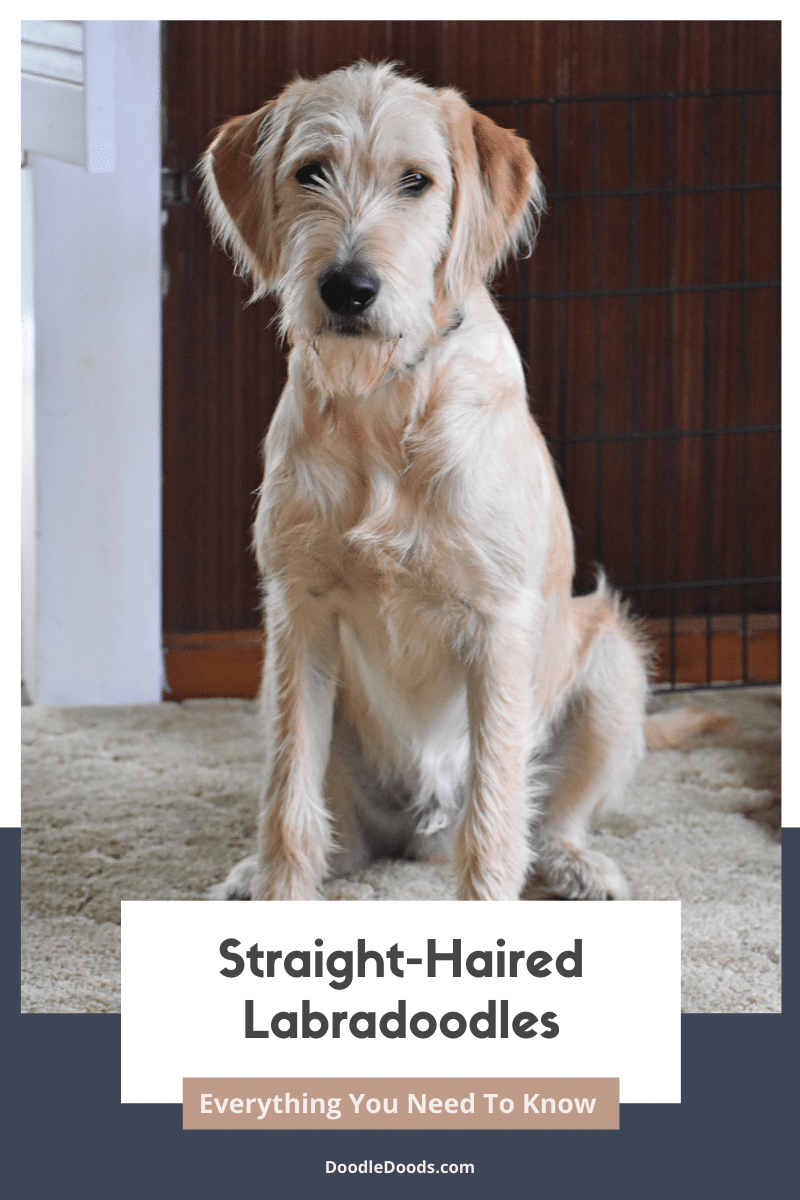
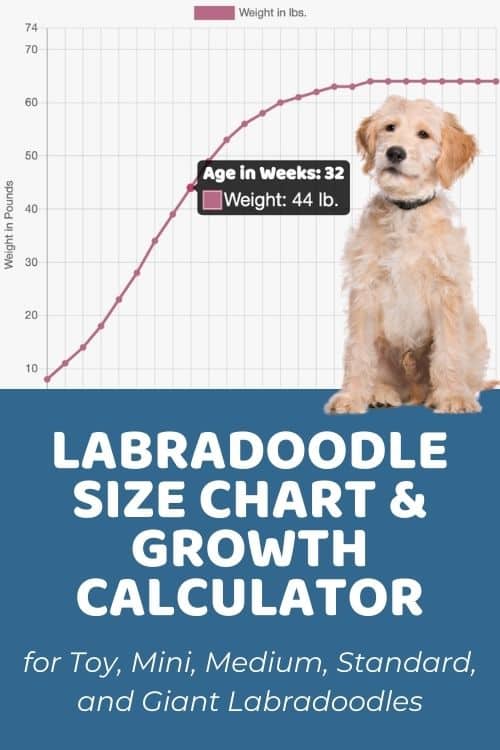
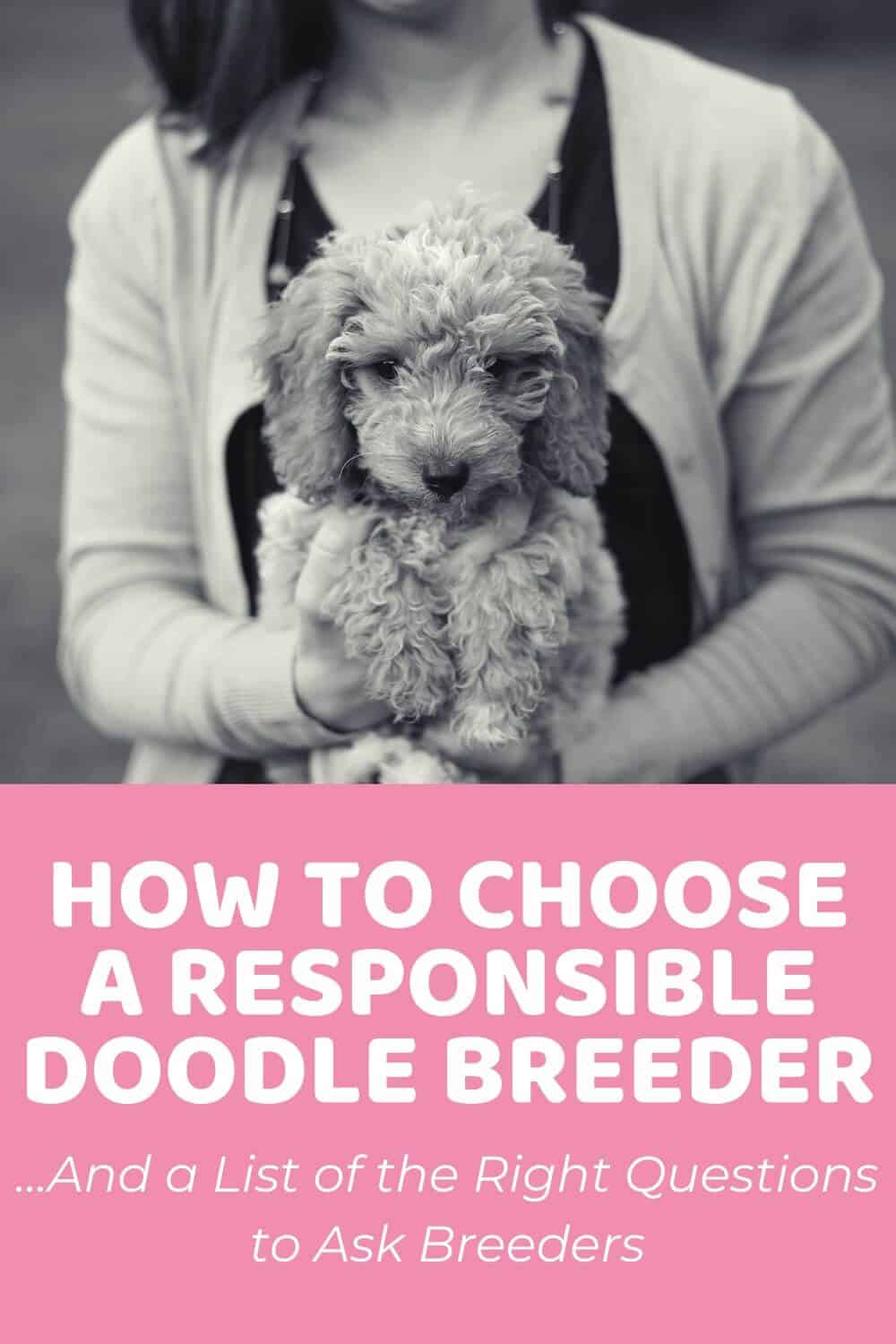
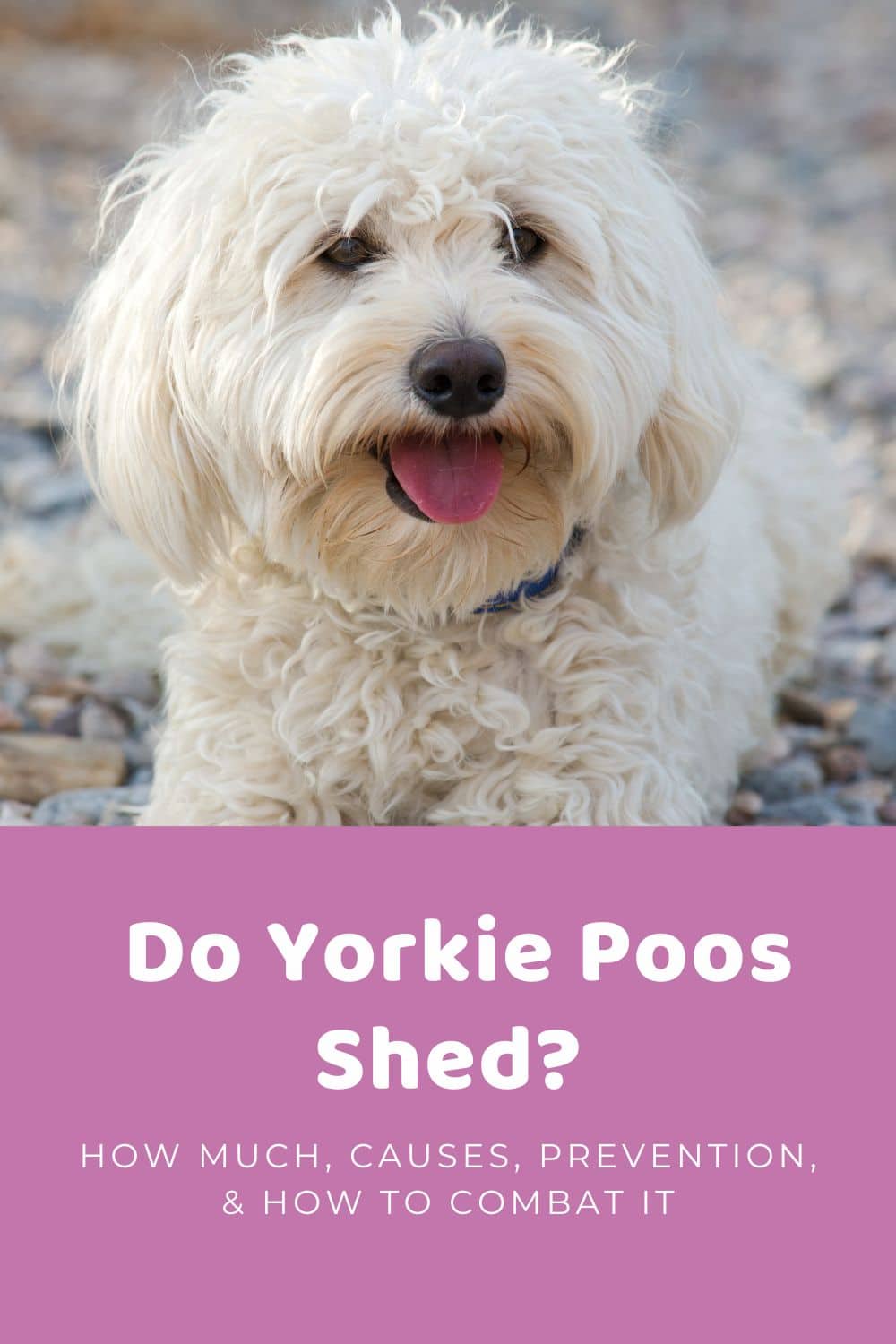
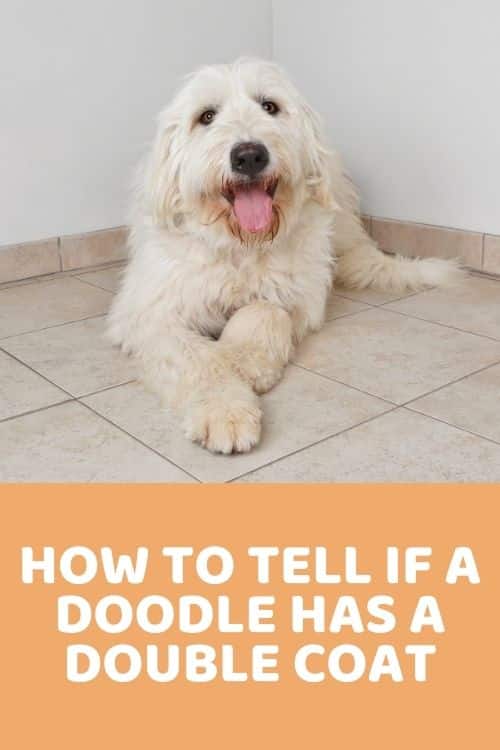
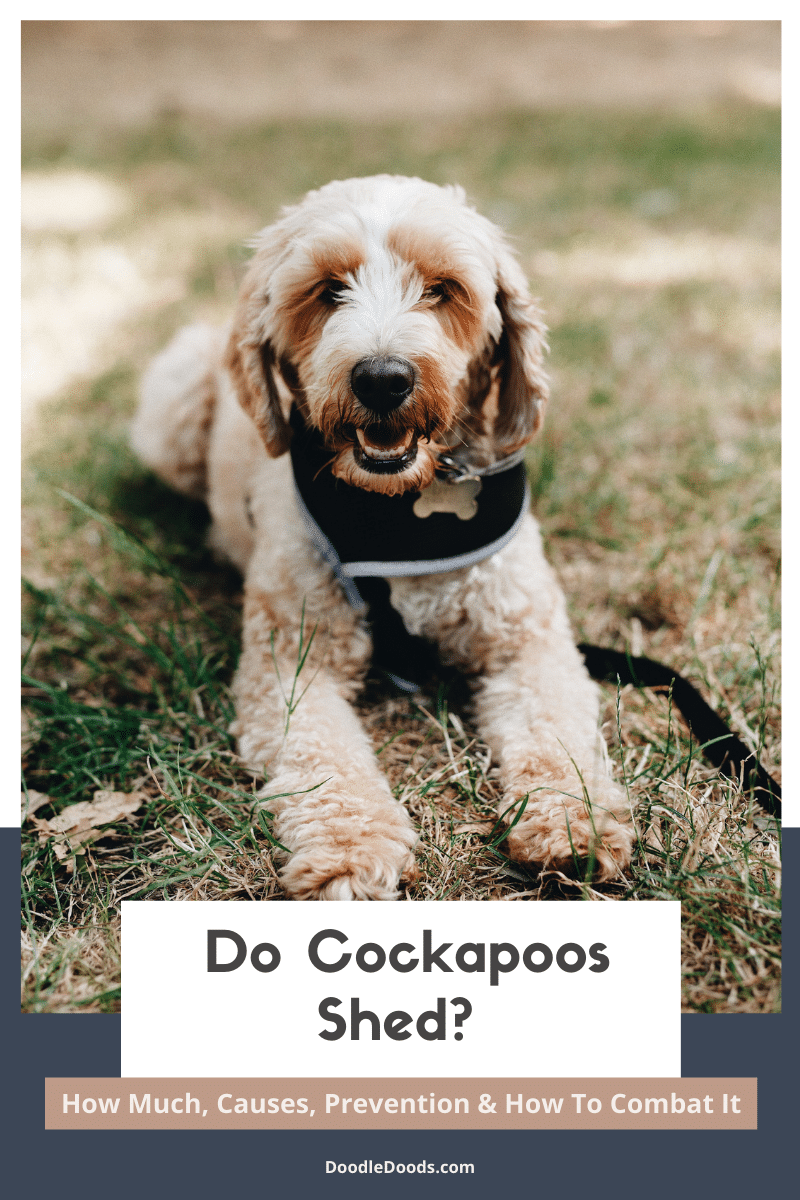
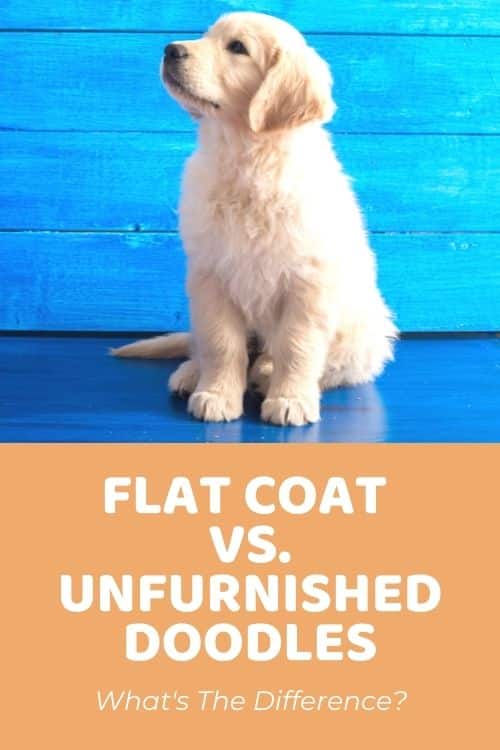

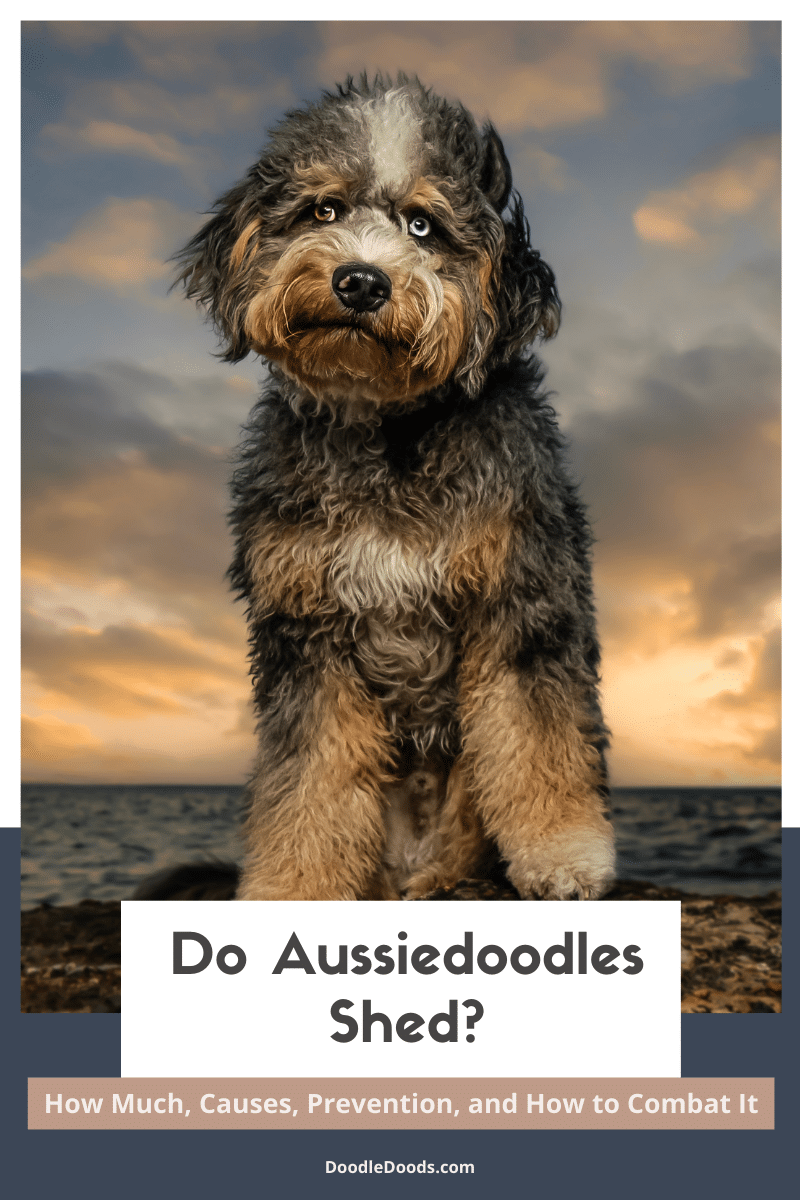
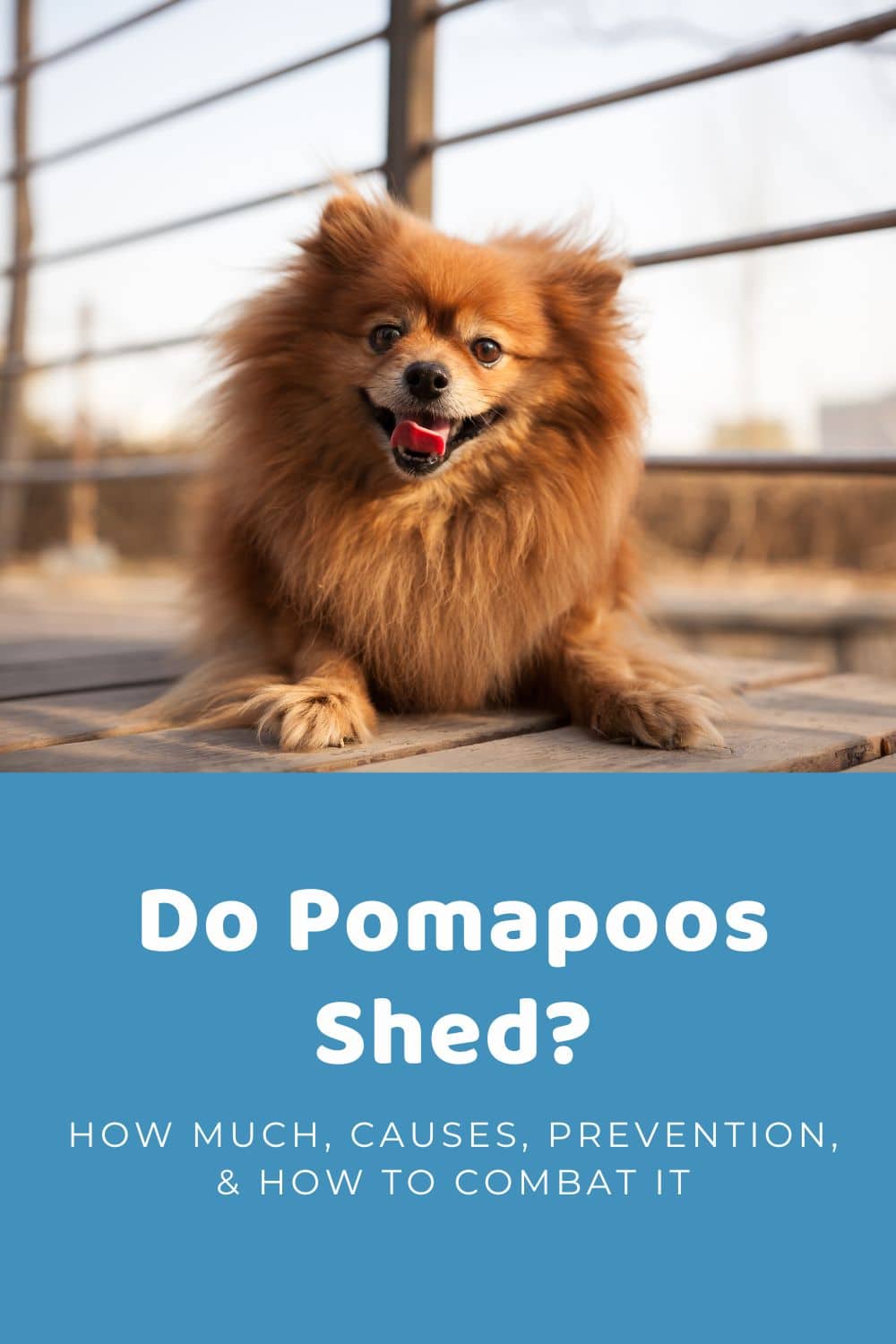
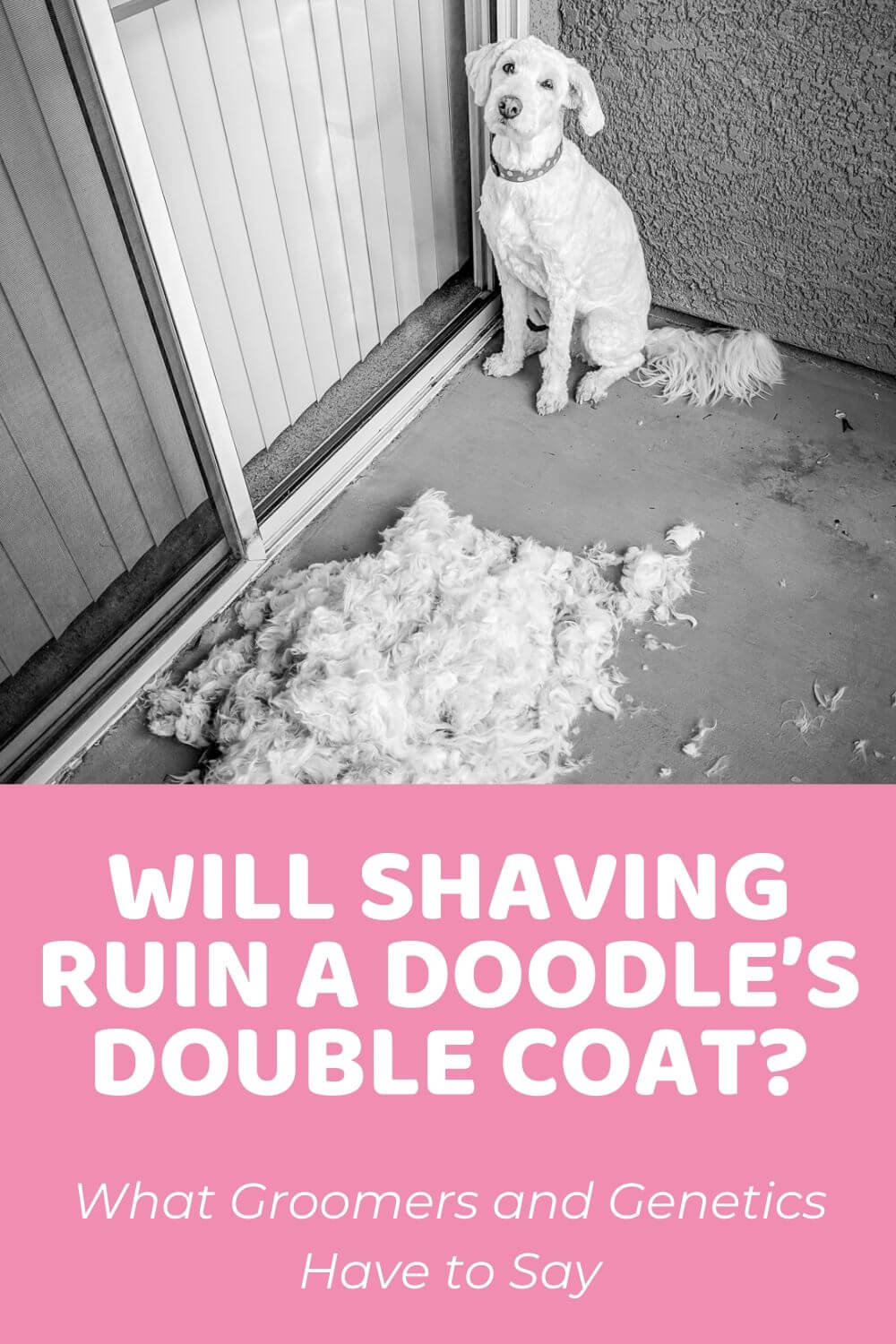
Thank you for a very informative nuration and vidioes. I decided to have a labradoodle and my coat of choice was a straight haired . After more than six months of searching I’ve managed to find one . I now have a labradoodle puppy with a coat exactly like a labrador. Low maintenance and easy to keep clean . It’s a shame that flat coated labradoodles are not so popular. Me and my labradoodle are a perfect match for each other
December 28, 2023 at 6:39 am